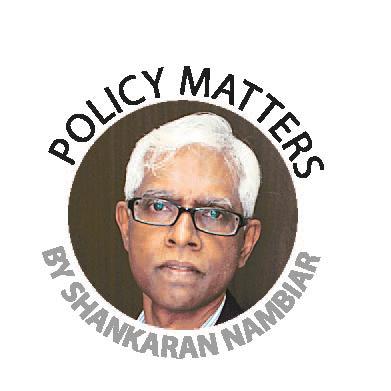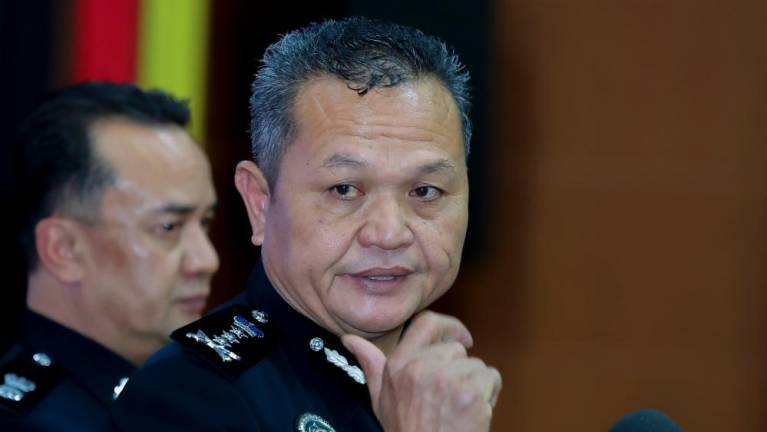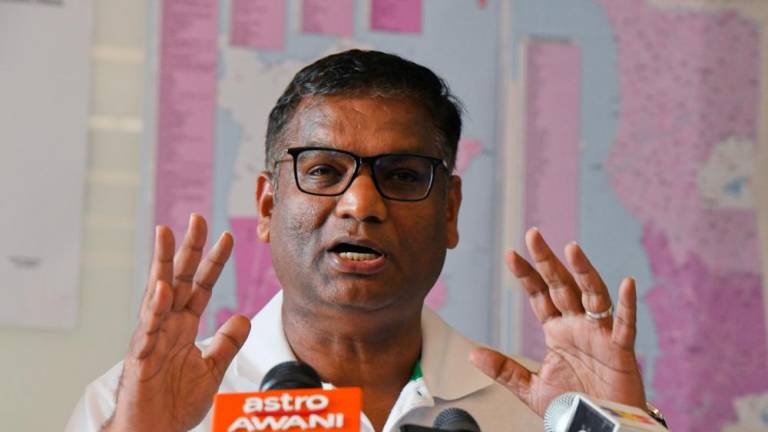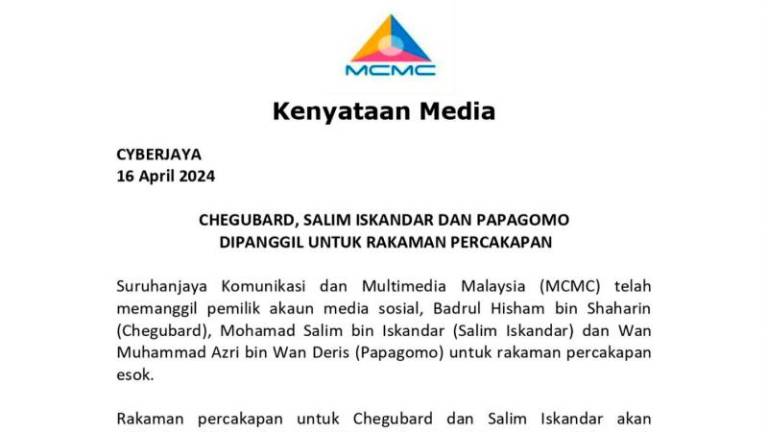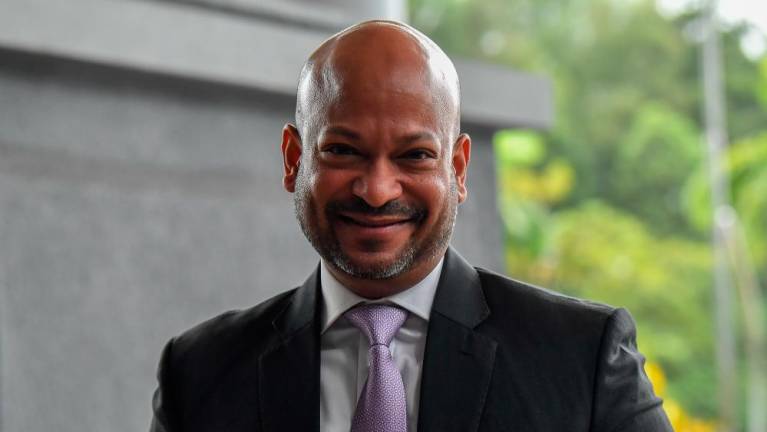THE revival of the East Coast Rail Link (ECRL) spells good news for the Malaysian economy for several reasons. The economy has been on a downtrend in terms of growth, and the ECRL will help give some fillip as a consequence of the multiplier effects from the project.
Tun Dr Mahathir Mohamad, in his renegotiated deal, has secured more participation for domestic companies. Local participation in civil works will increase from 30% to 40% and the Malaysia Rail Link Sdn Bhd will be in a joint venture with China Communications Construction Company Ltd, with both parties sharing equal participation.
The increased involvement of local firms will result in more spillovers to the economy, including possibly more technology transfer. There might also be more scope for domestic employment generation, although one can be sure that most of the unskilled labour would be filled by migrant workers.
The cut in cost has been achieved through a shortening of the line from 688km to 640km; and by avoiding an expensive 18km tunnel that would have cut into the Titiwangsa Range of mountains.
The revival of the ECRL project was quickly followed on its heels by a turnabout on the Bandar Malaysia project which was associated with Datuk Seri Najib Razak and the 1MDB project.
Due to a hasty and misinformed decision, mistakenly assuming that the project was to be given to only one Chinese company, the present government had cancelled the project. A delayed realisation that 60% of the companies in the consortium were Malaysian led to the change of heart.
The revised project will incorporate Malaysian characteristics, such as encouraging bumiputra participation, building 10,000 affordable homes, prioritising local content in the construction process and no less critically, including a park – all to make it, as announced by the prime minister, more people-friendly.
Mahathir had on occasion been scathing in his attitude towards China. He has accused China of being a neo-colonial power acting in its own interests; and he has warned President Rodrigo Duterte of the dangers of undue reliance on Chinese investment.
In the same breath, Mahathir has also acknowledged that China is a great economic power, and that Southeast Asia and Malaysia, in particular, will benefit from trade and economic cooperation with Beijing.
More specifically, why were the two mega projects revisited? First, rescinding the ECRL project would have incurred a loss of RM22 billion as cancellation fees.
Second, it would be an embarrassment to the country because agreements go beyond individual personalities.
Third, and this is perhaps, the most important point: Mahathir wants to re-explore a fresh basis for economic engagement with the superpower, knowing full well that to some extent Malaysia would, willy-nilly, be drawn into China’s own scheme of ambitions.
But there is little choice for Malaysia and Mahathir. The economy does not have the bounce it used to have; these are not the times of plenty that Mahathir was accustomed to in his first spate of years as prime minister.
In recent months, business and consumer sentiments have been weak. And the ringgit has been taking a slide.
The investment climate is far from rosy. Not much investment can be expected from the EU, investments from the US have been on the downtrend in the last decade or so, and Japan will not invest with the vigour it used to.
Japan is maintaining its existing investments in Malaysia, but its new investments are in the services sector rather than in manufacturing.
There is little choice but to welcome investment from China, be it a neo-colonial power or not – and Mahathir must be painfully aware of that.
This is not a contradiction in Mahathir’s terms. Although he had roundly criticised the US in his previous incarnation, there was no let-down in Malaysia’s economic and military cooperation with the US during his tenure.
Mahathir has recently been reported to express enthusiasm over China’s prospective investment in Malaysia.
He has said, “We are confident that (China Communication Construction’s) involvement will attract and spur investment along the rail link corridor, especially from China.”
Two points come across clearly. One, Mahathir has revisited the ECRL in anticipation of further Chinese investment in the project. Two, Malaysia is a willing participant in President Xi Jinping’s Belt and Road Initiative (BRI).
There are claims that China has lobbied with Malaysia since May 9, 2018 to ensure the latter’s buy-in to the BRI. Mahathir could have capitulated to their advances, while negotiating for more favourable terms.
In a recent interview, Mahathir emphasised the importance of maritime trade routes within the BRI scheme. He pointed out that maritime routes must supplant land routes
Although there has been some trading on the ECRL, and by extension bargaining on Malaysia’s role in the BRI, Malaysia has cancelled three pipeline projects, and that stands.
Infrastructure aside, it seems that China will take a more active role in Malaysia’s investment landscape. The ECRL and Bandar Malaysia projects will provide the right platform for that, but it will not stop there. The country is hyped-up about riding the Industry 4.0 wave. A masterplan will probably be produced to determine how Malaysia will position itself in this respect.
Knowing China’s progress in technologies relating to Industry 4.0, one can expect that Chinese investment and a business presence will play a more important role in the years to come.
Najib launched Malaysia’s digital free trade zone with Jack Ma. There has been a thread of continuity in that Mahathir met the tech mogul when he visited China. It is likely that there would be deeper engagement with tech companies from China.
China is already at the top of Malaysia’s list of investors and trade partners. After Mahathir’s participation in the BRI Summit on April 26, there is probably going to be greater economic reliance on China.
Shankaran Nambiar is a senior research fellow at the Malaysian Institute of Economic Research. He is author of “Malaysia: An Economy at the Edge of Transformation”. Comments: letters@thesundaily.com




